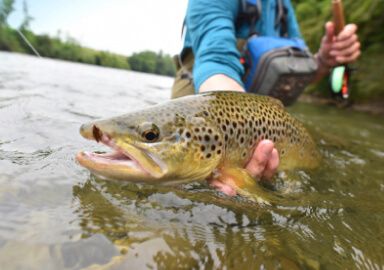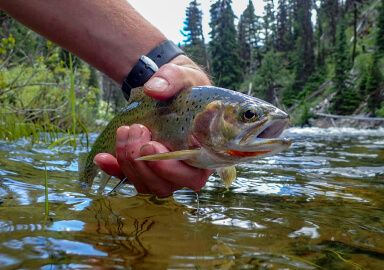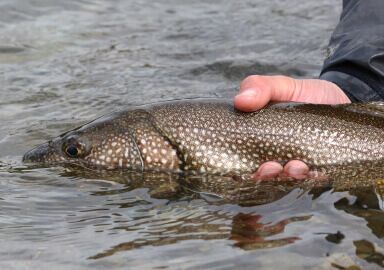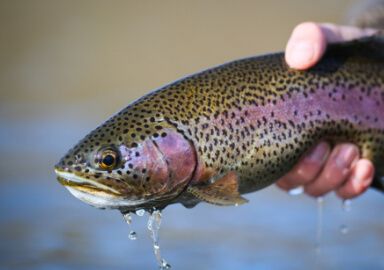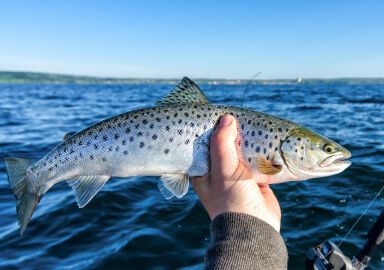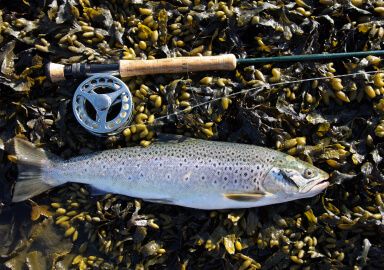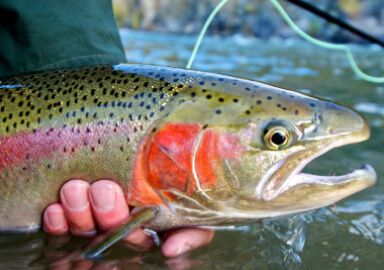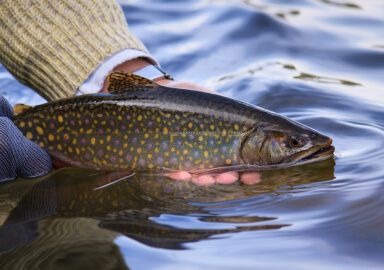Brook Trout
Brook trout are synonymous with clear, cold water and mountain streams running through shady, pristine forests. A wild brookie, with its bright colors and white-tipped fins, is among the most beautiful of all fish.
View 33 listings
33
listings
–
price starting from
5
countries
Where and When?
You can find brook trout in small, well-oxygenated streams and ponds with sand or gravel bottoms, as well as in big, cold lakes. While they were originally native to eastern Canada, the northeastern U.S., the Appalachians, and the Great Lakes, today you can catch a brook trout by wading into small streams or casting into remote lakes in many parts of the world, from mountain streams in the American West to cold, clear waters in Iceland, Europe, New Zealand, Australia, Russia, and Argentina. Spring and summer are the classic times to fish for brookies, although as water warms in summer the trout are likely to bite best in the morning. Brook trout feed most actively when the water temperature is between 44 and 64 degrees F.
About Brook Trout
Brook trout are not technically a trout; they are a member of the char family. Nevertheless, these lovely fish are beloved by trout anglers everywhere. A typical brook trout in a small stream may be ten or eleven inches long, but in lakes they can get much larger, as much as 34 inches long.
Brook trout can be identified by the wormlike markings along their back and head, as well as by the white edges on their fins. They also have lighter, usually yellow, spots on a darker-colored body, in contrast to brown trout, which have dark spots on a lighter body.
A brook trout’s diet consists primarily of aquatic insects, but these trout are opportunistic and also eat worms, leeches, and small amphibians. Brook trout spawn in the fall. Certain populations of brook trout are migratory, including the “coasters” of Lake Superior that spawn in tributary rivers, as well as “salters” along the New England coast, which spend time in the ocean and return to freshwater rivers in the fall to spawn.
How to Catch?
Brook trout fishing can be done by wading, bank-fishing, or fishing from a boat. You can even catch them through the ice in the winter. Ultralight tackle is generally called for. Bait anglers can dangle bait off a bobber or bounce it along the bottom. Soft plastics, spinners, and spoons are good choices, but, of course, fly fishing is the classic way to catch brook trout. In most small streams, brook trout key on food items, especially insects, that are sweeping down in the current, so you’ll find brook trout lying behind rocks near the faster water or in current seams.










